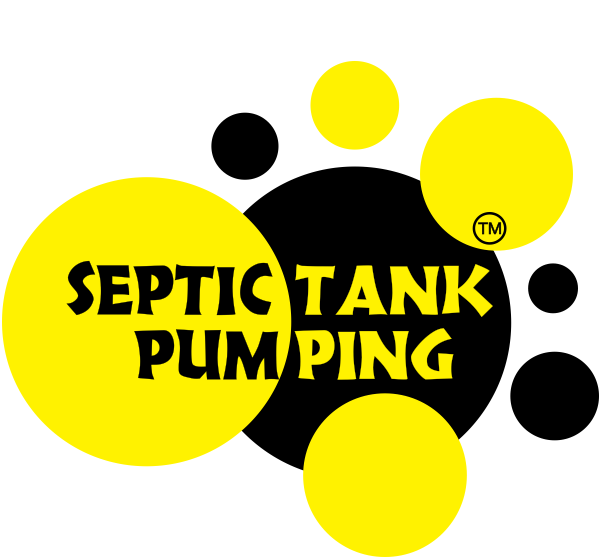If you follow our advice below, it will help keep your septic tank system purring like a smelly kitten.
1. Don’t Wait! Pump as Soon as Its Needed Your septic tank is always working, even when you aren’t flushing. Constantly breaking down waste and then draining it into the leach-field/drain-field/French drain. A septic tank that is working correctly will need to be professionally pumped every 2-5 years, depending on many factors: Your tank size, the input load, tank maintenance history and household cleaning chemical usage.
2. “Flushable Wipes” Should NEVER Be Flushed We highly recommend NOT flushing any kind of wipe, even the “flushable” ones. They can cause a great deal of trouble in a regular wastewater system: They can get easily snagged and trapped in pipes and then cause huge blockages to build up, wipe-by-wipe. They also don’t break down like toilet paper and are therefore not suitable for use at all with a septic tank setup. READ: What Should Get Tossed, Not Flushed?
3. Have “Do Not Flush Rules” A toilet is not a rubbish bin, particularly when connected to a septic tank. Your guests should know that before using it. SEE: Print at Home Septic Signs We recommend only urine, faeces (AKA S#!T) and toilet paper be flushed. We even recommend not flushing any excess toilet paper or facial tissues (when you get a cold, use the bin) down the toilet to reduce septic load – increasing the time between pumps. READ: What Should Get Tossed, Not Flushed?
4. Use Restraint in the Kitchen A septic system uses bacteria to naturally break down the waste products you send down the drain. Allowing unnecessary things like food particles, oils and excess detergents in will quickly overburden the bacteria and lead to your septic system performing poorly, becoming blocked more often and requiring extra pumping and maintenance. READ: What Should Get Tossed, Not Flushed?
5. Avoid Chlorine Bleach Based Cleaning Products Bleach is a super anti-bacterial, it won’t just kill the bacteria on your floors, counters and toilets, it will also kill all of the beneficial bacteria in your septic tank. This can have some serious side effects, even rendering a tank completely useless with a huge bill to get it in working order again. We recommend you use an environmentally friendly line of cleaning products “Earth Friendly” and the like, or more natural alternatives like Bicarbonate of Soda, Vinegar, Lemon Juice or even Hydrogen Peroxide (which quickly becomes inert after use). Regardless of what you use, we recommend you use just enough to get the job done and try to avoid any excess. If you absolutely have to use bleach, use it very sparingly and in low concentrations.
6. Less Water = Fewer Problems The less water that goes into your tank, the better. Excess water will lead to more blockages, overflows and require more frequent pumping. There are many water wasters in the home, but washing machines are the heaviest water users (and dischargers) by far, try using the “eco” cycle if your machine has one or even better if you can, re-route your washing machines outlet to run directly into the garden (just not the vegetables or herbs – to prevent bacterial infections) plants thrive in the phosphorous-rich water and your septic tank will thank you.
7. Only Plant “Septic Safe” Plants and Trees Plants are good for septic tanks (as long as they are the correct kind and are planted the correct distance away depending on their size and root structure), they assist in regulating ground moisture and reduce soil erosion. There are a lot of native South African trees that are water-wise and have non-invasive root systems. Just remember the general (if overly simple) rule that “the higher above ground the plant will grow, the deeper below the roots will go”. In other words. The smaller the better. It’s always best to ask your local garden centre for advice, as they will have the best knowledge of your local trees and the plants they have available.
8. Heavy Objects Should NEVER Be Allowed on The Tank or Drain-field Any heavy objects should not be allowed over a septic tank or the drain-field. Cars, trucks, portable swimming pools and any kind of wendy house or outbuilding can irreparably damage your system.
9. Plan Your Setup Properly When a septic tank gets pumped a large, heavy truck with a big pipe needs access to the septic tanks’ service hatch. If a tank is poorly placed then you may find that you have to have a big dirty pipe running through your lounge or guest house (we have seen this a few times). Regardless of the placement of the tank, pumping trucks should always have easy access to the service hatch and shouldn’t have to drive over the tank or drain-field (see point 9). We recommend that you bear this in mind when installing a new tank or when thinking about buying a property that already has one.
10. Protect Nearby Water Systems A septic tank that is working poorly can hurt more than just your pocket. Clogged or overloaded septic systems can go further than just the groundwater and can pollute the community’s drinking water, it can also create eutrophication (bacterial and algal blooms) of rivers, dams and waterways. This can lead to children and animals getting seriously ill by just playing in and around these water sources. You can help by: Inspecting your system regularly – SEE: How to Know When My Septic Tank Is Full Pumping as soon as needed – don’t wait for an overflow. Not flushing anything unnecessary down the toilet or drain. Being water wise Upgrading your system if needed.
